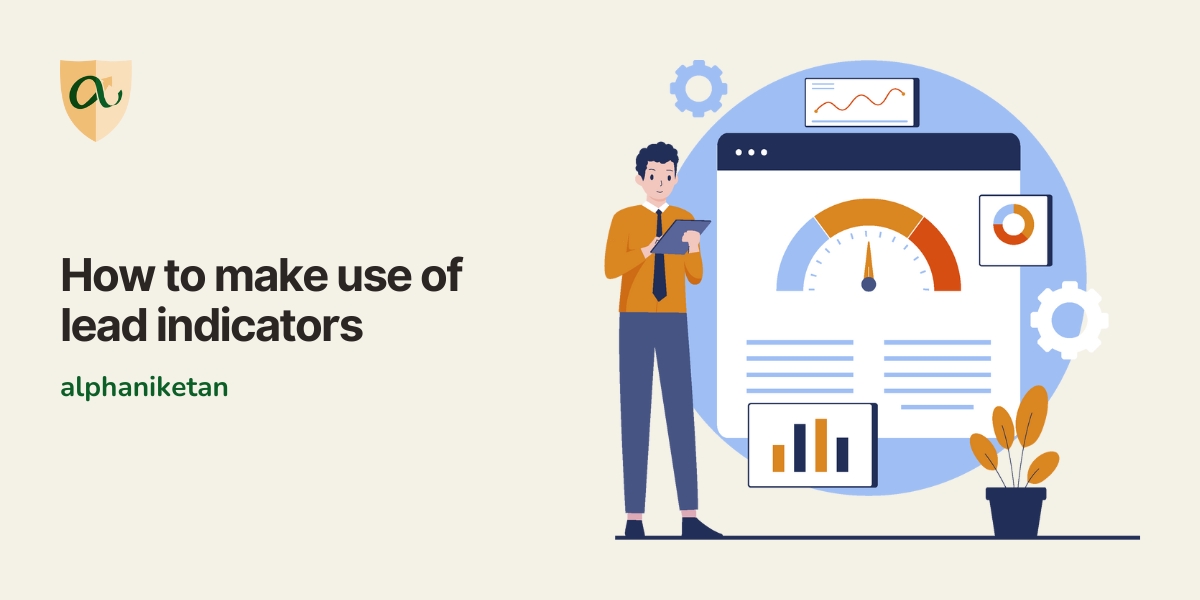Investing today is all about future profits. In financial markets, lead indicators are crucial in determining their future direction. That is perhaps the reason stock markets reacted negatively to the credit policy announcement of the Reserve Bank of India’s monetary policy committee. The committee raised the inflation projection and kept key borrowing rates unchanged. The RBI committee said it continued adopting a ‘hawkish’ policy stance to ensure price stability. The GDP growth projection was maintained at the earlier one made for 2023-24.
In India, the RBI monetary policy committee also takes into account the trend in purchase managers index for manufacturing and services, monthly automobile, commodity sales data, monthly collection of goods and services tax, e-way bills generated by the movement of goods, toll collected nationally among many other factors to determine the inflation and growth outlook.
Lead indicators play a significant role in the direction of financial markets. Your investments depend on the future price trend too. That makes them important to you too.
Policymakers world over rely on multiple lead indicators to determine the course of policy action. They look into the inflation expectation of households and experts. If you want to know where the world economy is headed, you can track the composite lead indicator published by the Organisation of Economic Co-operation and Development (OECD). That captures information from lead indicators in G20 countries. That pretty much covers 80% of the world economy.
When investing in any asset class, you need to know the macro and micro pictures. Lead indicators help you analyse global and local situations. Your ability to invest in asset classes worldwide has never been so good. While you choose the right assets, your eye needs to be on the future. There is considerable research on identifying things that could send you early signals. While the early signs of an upside in equity markets are driven by the surplus liquidity in the financial system, those on the downside are not easy to pick. Traditional valuation theories are relative in all situations. Risks to future profits can give you stock-specific early warnings. You can then estimate if the value of your investment is inflated.
A new working paper by the International Monetary Fund (IMF) revealed one such early warning system under work. Researchers are looking to pick the ‘mispricing’ risk. They recommend constructing an indicator that captures the potential for a repricing of risk assets following a deviation of current market prices from fundamental values. The deviation could be a result of assumptions made by traders and investors. For example, they could overestimate future profits in a bull run or underestimate them in a bear market. There could also be excessive borrowing to own or unwinding of positions to sell specific asset classes. According to researchers, rising asset prices with low volatility in price is a potential for a storm ahead. “This might have systemic implications, and extreme materialisations could trigger financial crises,” the IMF working paper said.
As researchers work on something easily understood by everyone, you can choose a basket of stocks for your all-weather portfolio based on fundamentals. Over the next few years, you may also need to monitor a few lead indicators for signs of warning related to that asset class or market. The other option is to rely on technology to pick such lead indicators and help you create a basket of stocks.
References:
Thank you for reading this post, don't forget to subscribe!




